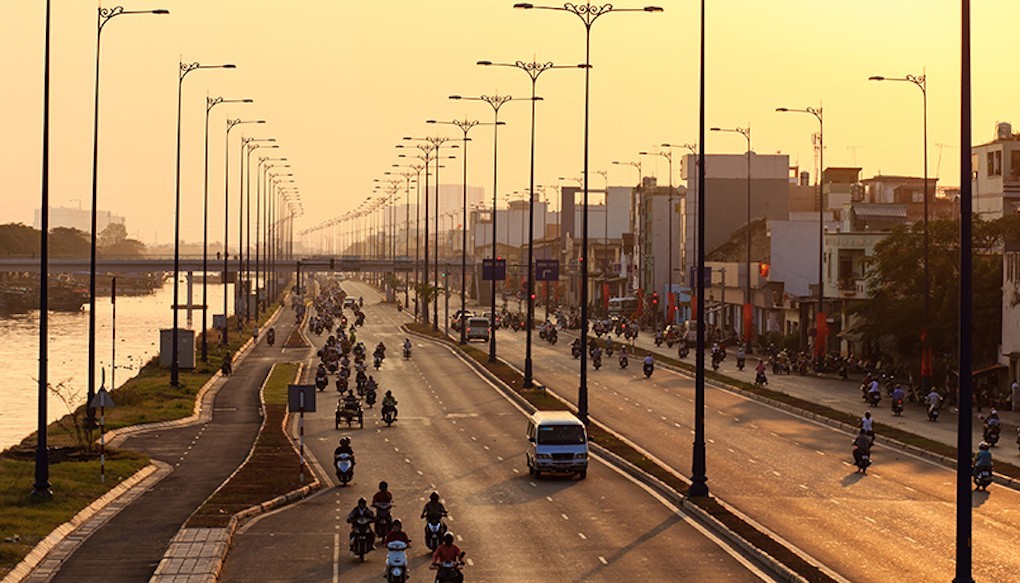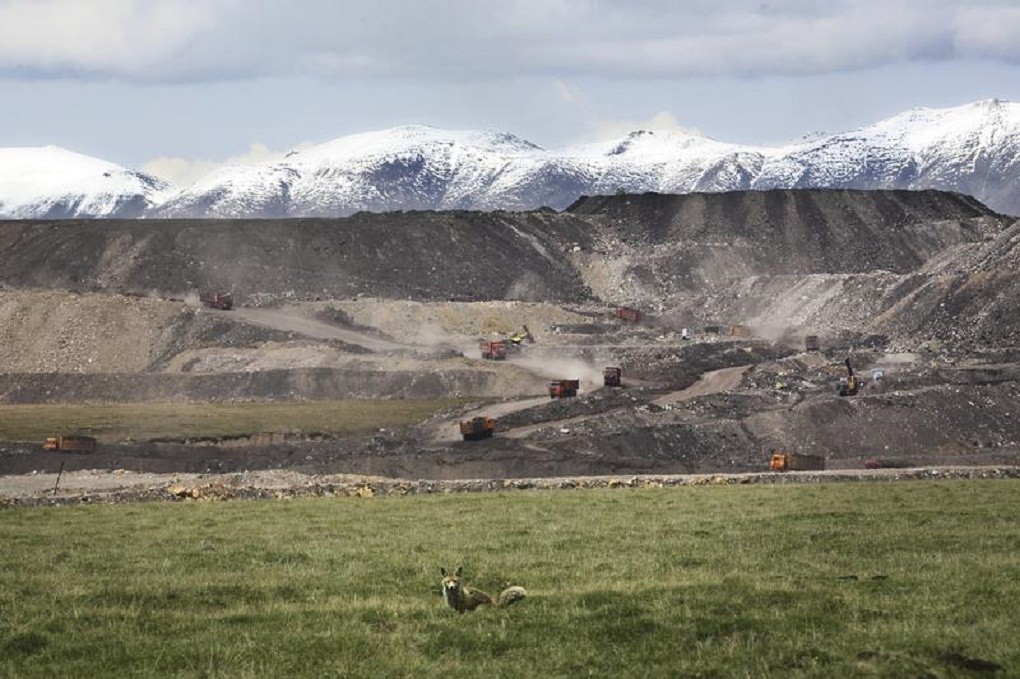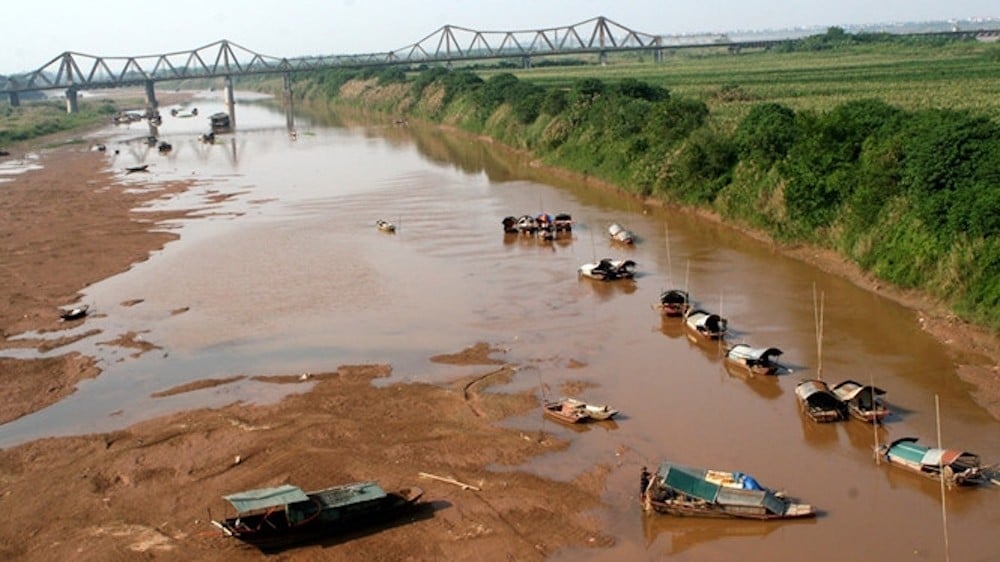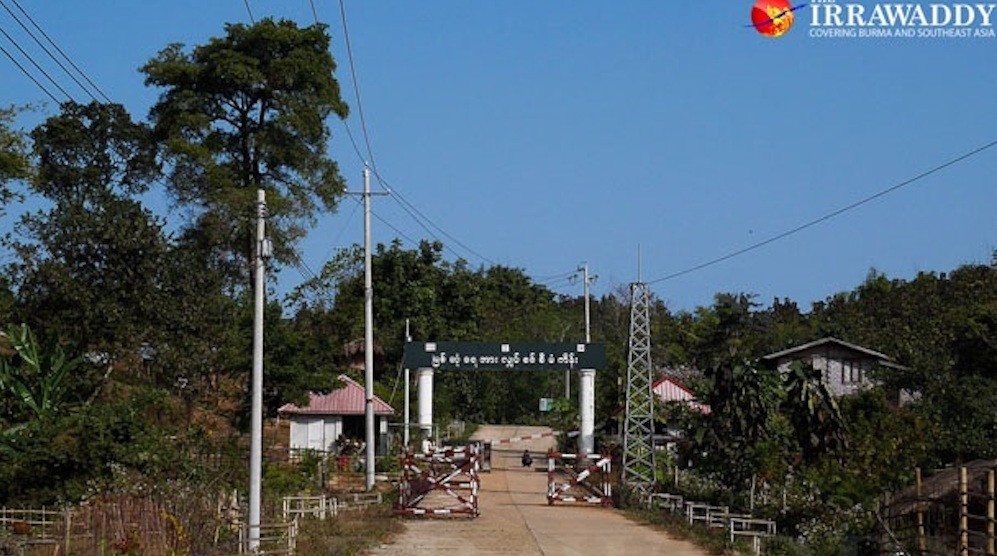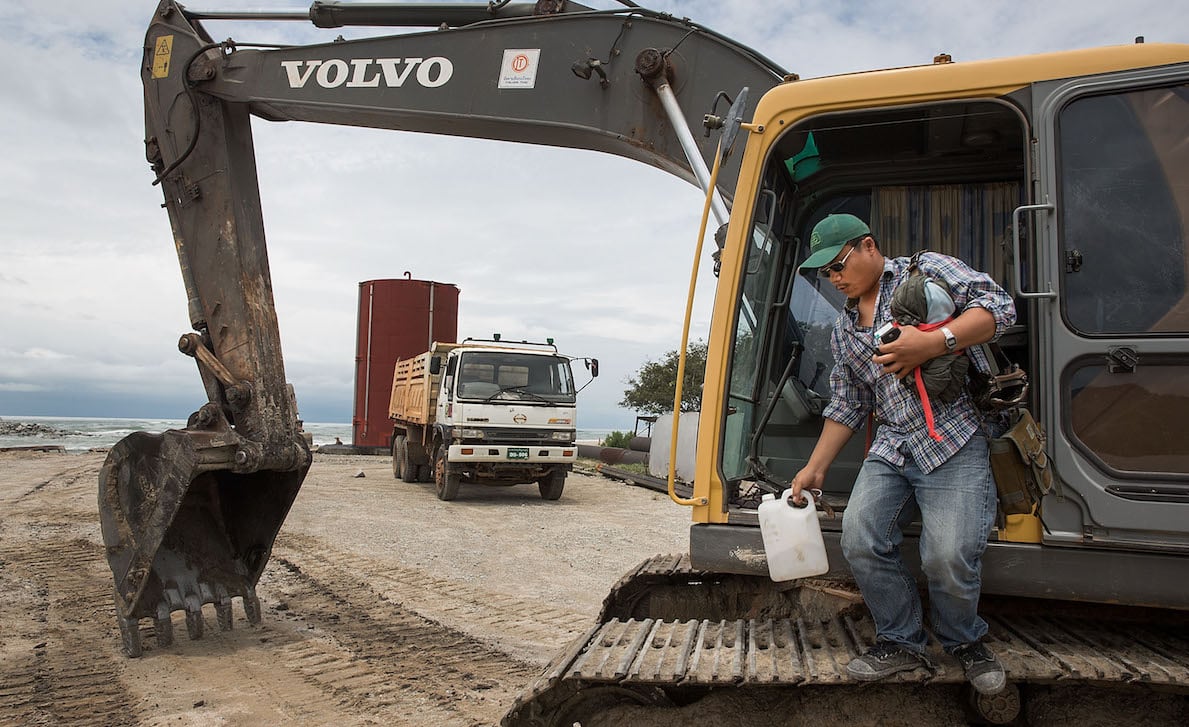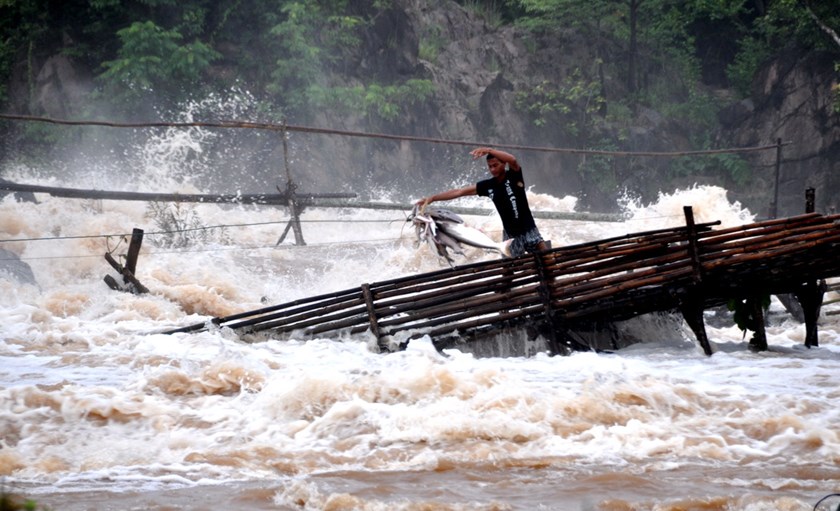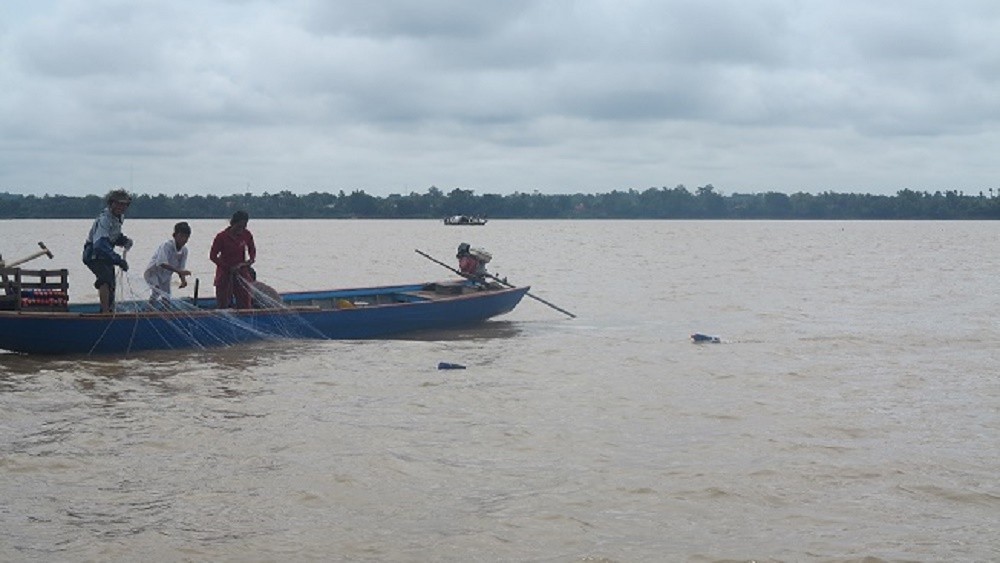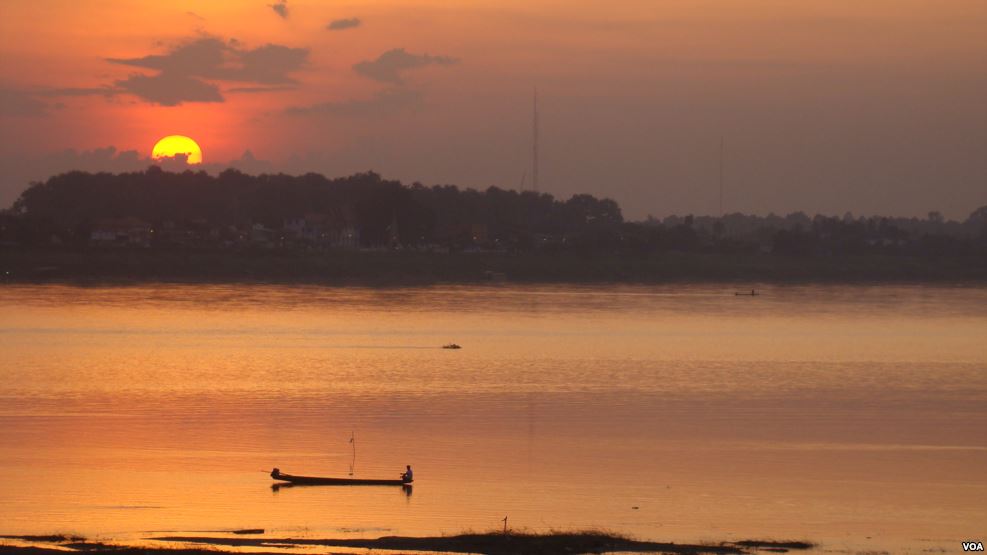Myanmar leader Aung San Suu Kyi told China’s premier on Thursday that her new government is willing to look for a resolution that suits both countries to a suspended Chinese-funded hydropower project in northern Myanmar, a senior Chinese diplomat said.
Finding a solution to the US$3.6 billion Myitsone dam project is important for Suu Kyi who needs China’s cooperation in talks with Myanmar’s ethnic minority armed groups operating along northern borders with China.



